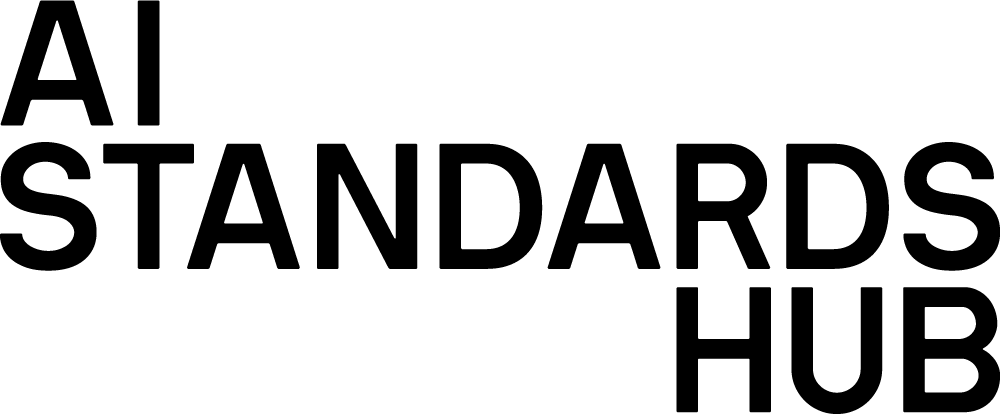4. The main stages of standards development
The standards development process is made up of a set of formal processes for the development and approval of standards. The specifics of the standards development process can differ between individual standards developing organisations (see more detailed descriptions of the relevant procedural steps within ISO, BSI, ITU, and IEEE). Abstracting from such differences, all standards development processes can be broadly characterised by the 6 key stages below.
Proposal
Any project to develop a standard or to revise an existing standard must go through an acceptance process, to ensure that the work is necessary – for example, that it responds to a market need, that it falls within the scope of the relevant standards body, and the that the necessary resources are in place to carry out the work.
Drafting
Once a standard has been approved, a working group of subject matter experts is formed to develop the draft standard. Working groups are ideally made up of a diverse group of stakeholders to ensure that a standard is representative of a range of perspectives and can achieve broad consensus.
Comment and voting
Once a standard has been drafted by a working group, it must pass a vote, at which point stakeholders can approve or disapprove of the standard, adding comments with their reasons. If the standard does not pass the vote, it will proceed to a further round of drafting where comments are resolved.
Some SDOs including ISO and BSI make their draft standards available for public comment. Other SDOs open their draft standards up for comment from members or from a selected group of interested stakeholders.
Approval
At the approval stage a final draft is circulated for review by the relevant committee in the SDO. When consensus is achieved, the standard can be signed off for publication.
Publication
When a standard is published, it becomes available for use. Depending on the SDO’s operating model and the kind of document, the standard may need to be purchased or may be available for free.
Maintenance and review
Standards are reviewed on a regular basis to ensure their continuing accuracy and relevance as technology advances. Standards bodies generally review their standards at least once every five years. However, fast changing technologies such as AI will likely require standards to be updated or replaced on a more regular basis.


